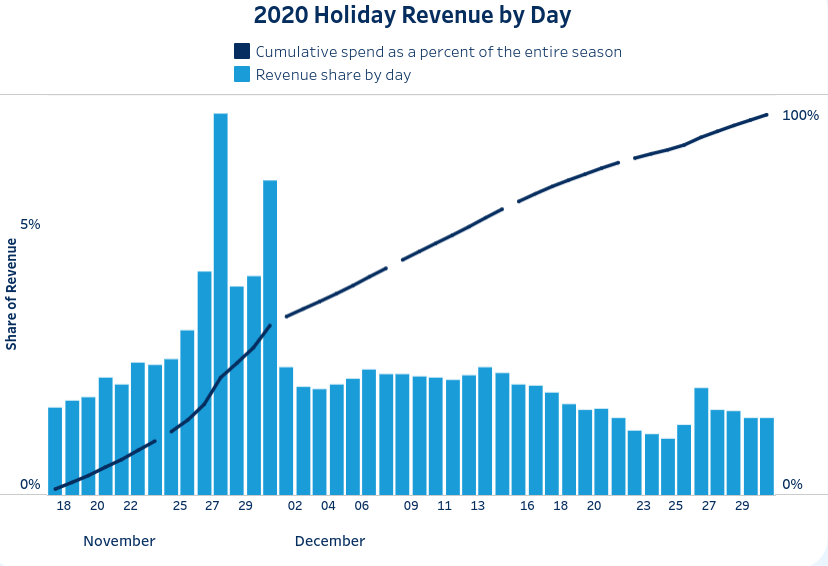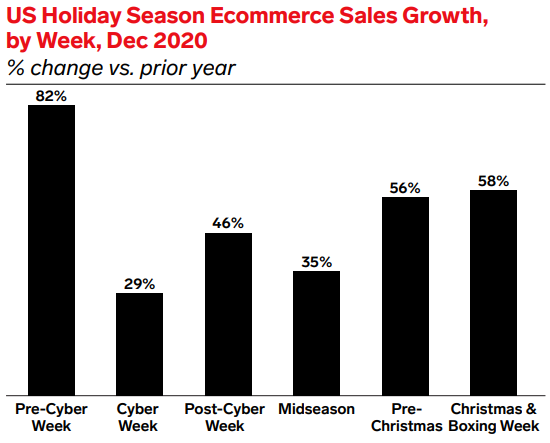Being the world’s second largest social media platform, second only to that of Meta
(previously known as Facebook), with over 2 billion monthly active users YouTube is
the leading choice for video marketing in 2022.
In previous years, businesses small and large alike have hesitated integrating videos
into their ad campaigns because of both the idea that the campaigns are difficult to
set up and the cost of the campaigns themselves. However, with the shift in how
people use their devices, avoiding video in 2022 is a recipe for disaster. And the
majority of marketers understand that.
You can no longer afford to ignore one of the leading marketing platforms in the
world.
That’s why, we’ve put together this comprehensive guide, to show you exactly how to
advertise on YouTube and get started with your first ad campaign.
All you need is a targeted strategy and the right team, and you can easily capture the
perfect audience by creatively using YouTube video ads. They’re the perfect tool to get
your message to your audience (and get a buy-in) if you know the best practices to
develop your campaign.
The Best Creative Practices for advertising on YouTube in 2022
Simply, remember your A, B, C, & D’s.
- A_Attract: Hook consumers’ attention and get them to tune in.
- B_Brand: Help consumers see/hear your brand and stand out from the wave of advertisers on the platform.
- C_Connect: Make consumers think or feel something for your brand
- And lastly, D_Direct: Drive them to take action.
Attract
When trying to attract the right audience there are 4 key elements that matter from
the start of your ad: Framing, Pace, Humanization, and Surprise.
● Framing: Use tight framing on the subject whether it’s a product or a person.
“Focusing on people can increase a viewer’s expressiveness (i.e., an emotional
reaction, gauged by facial expression) as they see an ad. This increase in
expressiveness is tied to cross funnel campaign improvement.” (YouTube
Creative Practices 2022, Kantar)
● Pace: Aim for 2+ shots in the first 4 seconds, scene changes support
engagement if the rate of change is balanced with information load. Simple ads
with low information can have faster pacing than more complex ads with high
information.
● Humanization: People like people. Utilize them when creating your ad campaign
and include human subjects early on within the video.
● Surprise: Use stunning, delightful, unexpected or otherwise memorable
imagery. You want your graphics, text, and your transitions to engage the
viewer and keep their attention.
Brand
Naturally integrated products, logos and audio cues are particularly important
elements to land your brand with the viewers, you can do this by: Introducing,
Mentioning, Reinforcing, & Differentiating.
● Introduction: Introducing your product or brand in the first 3-5 seconds is
positively correlated within all brand metrics.
● Mention: Audio with mentions of your brand by people who are on screen are
associated with better results than audio mentions of people off-screen. This
reiterates one of our first points, humans like humans.
● Reinforce: Logo placement matters, and the most effective placement depends
on your marketing objective.
● Differentiate: Show visuals and colors unique to your brand. “Brand assets,
such as emblems, logos, spokespeople, characters, taglines, colors and jingles
are powerful drivers of brand associations and competitor differentiation.”
(YouTube Creative Practices 2022, NielsenNeuro)
Connect
Storytelling style, message, people and audio are key to keep people watching and
make them think or feel. This is integral to connecting with the viewer and the best
ways to do that are: Integrate, Engage, and Associate.
● Integrate: Use function and emotion as levers that work together or
independently to engage views. Functional storytelling works!
● Associate: Make people core to the story. People help hook viewers in ads
opening moments and facilitate connection. (Example: celebrities or people
‘like me’.)
● Engage: Lean into emotional levers like action, humor, or intrigue when it works
for your brand.
Direct
Audio and visuals are key elements to reinforce your message and encourage your
viewers to act, and you can use these effectively when you: Prompt, Inspire, and
Compel.
● Prompt: Show offers and call to action through text cards, simple animations
or voice overs.
● Inspire: Use offers that inspire a sense of urgency for example, a limited
timeframe or limited units available.
● Compel: Use specific call to action. Clear concise CTAs drive the most impact.
Lastly: Bring it all together!
Having the knowledge of the best practices is just the first step. You need the right
team behind you that is committed to the growth of your business individually. A
team that works with you to create ads that inspire action and compel consumers to
care about your brand. To find this, look no further than 565 Media. We help clients
achieve leaner growth, we are hands-on, agile & performance driven with a singular
goal to grow revenues cost-effectively.




